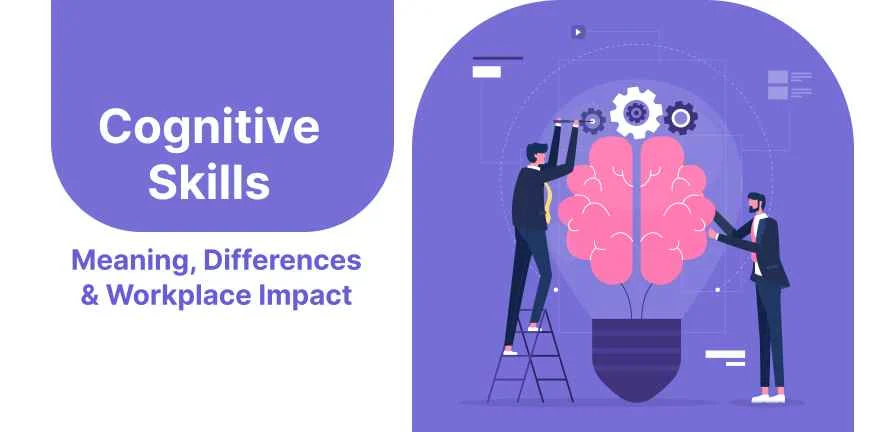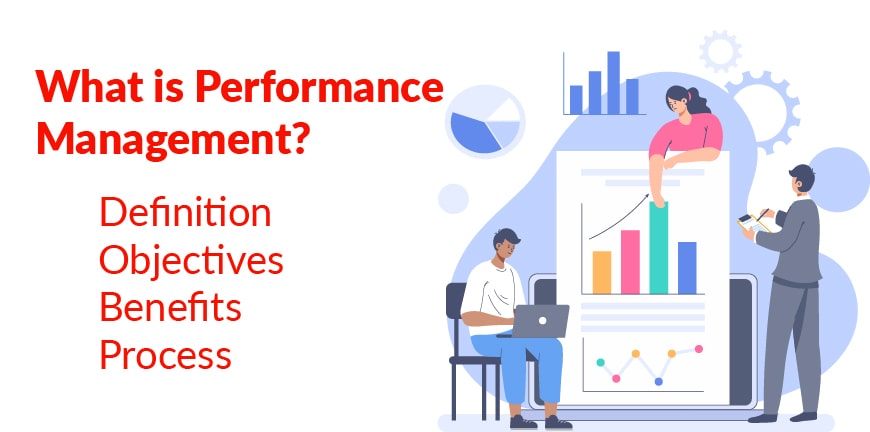
What Is Talent Attraction? Introduction, Benefits, Features
21/08/2024
What Is Employer Branding and Why Does It Matter?
24/08/2024In today’s day and age, it is very likely that you have candidate requirements you have not planned for. When this happens, relationships with clients turn sour because you are not able to provide the right candidate at the right time. That’s when you wish you had a talent pipeline, a steady flow of talent you could tap into when you need them.
Introduction
So, what exactly is a talent pipeline? A talent pipeline is a proactive approach to talent acquisition that starts with identifying the right candidates and moves to engaging and qualifying them for roles in the company. Rather than hiring candidates on a need’s basis, recruiters will maintain a pipeline of qualified candidates they can tap into anytime there is a vacancy with a client. In this article, we will look at the advantages of a talent pipeline, how to build and maintain one, and then the best talent pipeline strategies.
How to Build and Maintain a Talent Pipeline?
An external talent pipeline is for recruiting external candidates whereas an internal talent pipeline is for training and promoting internal talent. Building and maintaining an external talent pipeline or an internal talent pipeline is difficult, each having its own set of challenges.
1. Identify Key Roles and Skills:
What are the key roles and skills you want to hire for? What will be the competencies and skills required for these roles and at what level in the organizational hierarchy will they be placed? Do you have any flexibility here? Is there any accommodation you can offer a special or bright candidate? These are some of the questions that you must ask in this stage.
2. Separate the Critical Roles from the Non-Critical Roles
Not all roles require the same kind of effort. You must separate the critical roles from the non-critical roles, to ensure that you give more attention to the former. An example of a critical role would be something like sustainability and a non-critical role would be that of a writer or an office administrator.
3. Sourcing Candidates:
When sourcing candidates, use multiple job boards, social media networks and forums to promote the vacancy in the company. In this stage, recruiters also go back to their existing database of connections who are currently not looking for a job. Keep updating this database regularly.
4. Monitor Your Talent Pipeline Regularly
Are you in tune with the times? Are there any critical requirements that you are missing? Are there any key skills you should be looking for right now? Are there enough people with the said skills in your talent pipeline? These are some of the questions you need to ask in this step to understand the talent pipeline metrics.
5. Assess and Evaluate Candidates in the Pipeline
The candidates in the pipeline also need to be periodically evaluated to assess their strengths and weaknesses given a particular role or roles they may be suitable for. Such periodic evaluation helps ensure that the candidates are a best fit. If any candidate is not found to be up to the mark, then they may be removed from the pipeline.
6. Leverage Technology:
The use of applicant tracking systems and CRMs will help manage the talent pipeline well. How exactly do they help you accomplish this? These tools can help with candidate segmentation, maintain a track of interactions and even the tests and screening that every candidate has undergone. These are some of the talent pipeline metrics you can monitor.
Key Advantages of Building a Talent Pipeline
1. Reduced Time to Hire:
A talent pipeline significantly reduces the time it takes to hire candidates, as candidates who are perfect for the role are already present in the pipeline. The recruiters need just be good at filtering out the right candidates and with the right tech, they can shortlist candidates in a matter of hours than days.
2. Cost Savings:
You do not need to put up costly adverts in job boards or social media or even specialized websites, if you have a strong enough existing talent pipeline. While these efforts may be useful, ultimately having a talent pipeline can save you a lot of money.
3. Better Quality of Hires:
A talent pipeline allows you to have an increased time spent with each candidate. By spending more time with prospects, you can understand their limitations and strengths and how they can be an asset to the company and even if they are a good cultural fit.
4. Improved Workforce Planning:
A talent pipeline gives recruiters the opportunity to go beyond the recruitment process into the realms of strategic workforce planning as well. In fact, it not only gives them more time to devote to it, but they are also able to plan their workforce in accordance with the talent pipeline and vice versa, learning from the needs of both.
5. Enhanced Employer Branding:
You must maintain great relationships with candidates, irrespective of whether they are interested in joining you immediately or not. Not only does this ensure they will come back later but also tell others what a great experience they had talking to the HR team working for your company.
What are the Best Practices for Talent Pipeline Management?
What talent pipeline strategies can you use to ensure that the talent pipeline is working as it should be? Here is a look at some of them.
1. Analyze Your Talent Pipeline
What demographics do the people in the talent pipeline belong to? What skills are common and what skills uncommon? Are there any skills you think would be better if they were more present in the talent pipeline? These are the questions that you should ask.
2. Develop Internal Talent
Developing internal talent is a way to improve the talent pipeline. This is because they would be more aligned with the business needs. And this is especially a great practice when you need to hire for leadership roles in companies.
3. Build Diversity into the Talent Pipeline
Businesses are demanding more and more diversity in the hiring process. The talent pipeline must have candidates from diverse backgrounds in case such a requirement arises. This will ensure that clients continue to have faith in your talent pipeline.
4. Engage More with Passive Candidates
Passive candidates have the strength of experience. Engaging more with passive candidates can be rewarding not just in reducing time and cost of hiring but also improve your own knowledge in the industry. You will quickly realize what you need to look for when having to fill a similar vacancy.
5. Organize and Reorganize your Talent Pipeline
Your talent pipeline can be organized better if you focus on what demographics you need to reach, what skills you should predominantly look for, and what unique skills a particular client is expecting in general for most positions they need filled etc.
How Does a Talent Pipeline Work?
A talent pipeline needs to be built first by the recruiter or team of recruiters by systematically adding the right candidates to the pool. Once these are qualified, they move to the pipeline. And just as you would drink water at a tap, you would need to tap into the pipeline to get the right talent at the right time. There are two main requirements to make this process perfect: first, you need to have experience building a talent pipeline and second, you need to know how to secure the right candidate by asking the right questions.
You Need a Talent Acquisition Partner
The talent pipeline can be a confusing concept and difficult to build all by yourself. But every company needs a robust talent pipeline. Alp, with over 25 years of experience in recruitment and staffing, can be your talent acquisition partner. Talk to us today and let us help you figure out how we can help you.
Frequently Asked Questions (FAQs)
1. What role does employer branding play in building a talent pipeline?
Employer branding plays a significant role in a talent pipeline. If you build a good employer brand, then you can easily build a talent pipeline, you can tap into it much faster and derive results from it and strengthen the pipeline over time by attracting top talent and with employee referrals.
2. What is the difference between talent pool and talent pipeline?
A talent pool is a large pool of candidates you must choose from and have not vetted yet for a particular role, whereas the talent pipeline consists of candidates that have been qualified for a particular role, narrowing it down. Hence the analogy to a pool in the first instance and to a pipeline or a fixed direction water source in the second.
3. How long does it take to build a good talent pipeline?
It takes a long time to build a good talent pipeline. An internal talent pipeline is easier to build than an external talent pipeline. One cannot really measure it in days or years as it will take years to build a robust talent pipeline, a team of recruiters can keep going back to, recruiting the right candidates consistently.
Contact Us For Business Enquiry

Rajkumar Shanmugam
Rajkumar Shanmugam is the Head of HR at ALP Consulting, bringing over 19 years of comprehensive HR leadership experience across India and international markets. His expertise spans talent acquisition, employee relations, performance management, compliance, and HR transformation. Rajkumar has a proven track record of driving people-centric initiatives, enhancing workplace culture, and aligning HR strategy with business goals. With extensive experience in US staffing operations and global mobility, he continues to lead organizational excellence through innovation and employee engagement.




